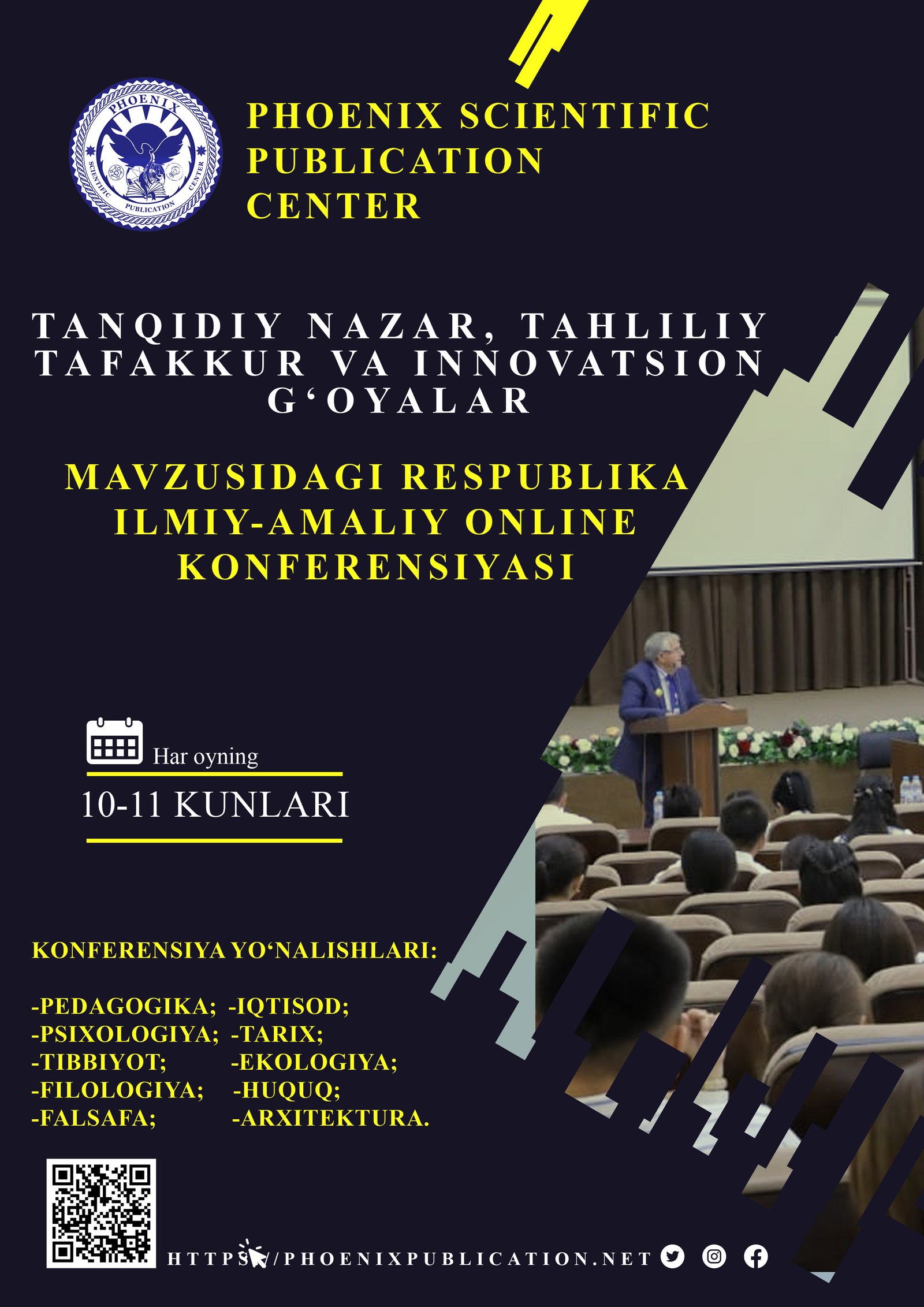Abstract
In an increasingly interconnected world, the need for effective foreign language instruction has grown significantly. Interactive teaching methods have emerged as powerful tools for enhancing student engagement, motivation, and overall language proficiency. This paper examines a range of interactive strategies, such as role-playing, collaborative discussions, gamification, peer-assisted learning, and digital tools. These approaches promote active involvement, strengthen communication skills, and create an immersive learning environment. Moreover, task-based learning and the flipped classroom model further facilitate real-world language application. The study underscores the superiority of interactive techniques over conventional methods, highlighting their positive impact on fluency, confidence, and long-term retention. By integrating these dynamic approaches, educators can foster a more engaging and effective language learning experience.
References
1.Ellis, R. (2003). Task-based language learning and teaching. Oxford University Press.
2.Littlewood, W. (2004). The task-based approach: Some questions and suggestions. ELT Journal, 58(4), 319–326. https://doi.org/10.1093/elt/58.4.319
3.Nunan, D. (2004). Task-based language teaching. Cambridge University Press.
4.Skehan, P. (1998). A cognitive approach to language learning. Oxford University Press.
